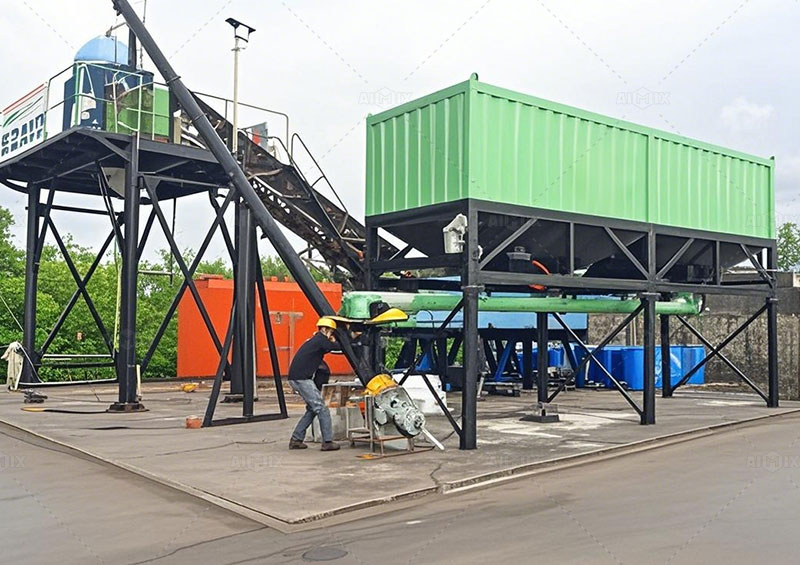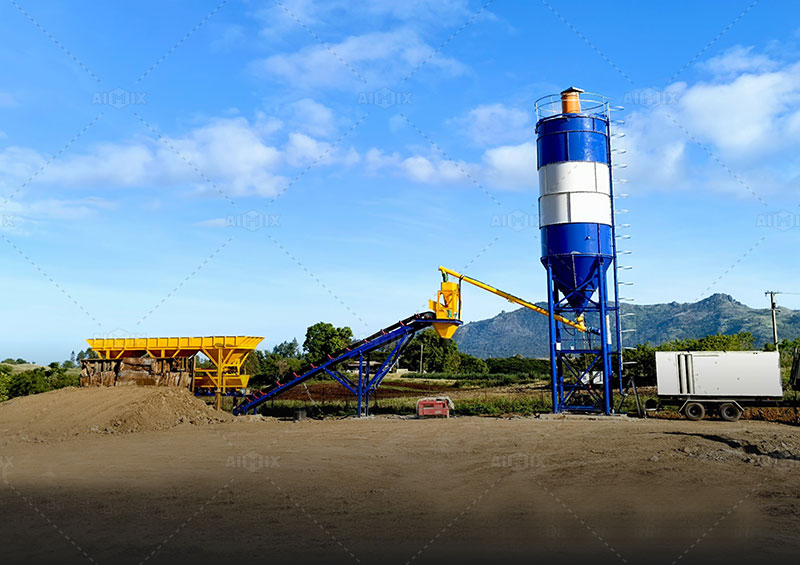When it comes to deploying dry mix concrete plants across Australia, the question isn’t simply one of size or power—it’s about fit. The urban sprawl of Sydney has little in common with the rugged terrains of outback Queensland, and treating them the same is a costly mistake. Each region brings its own operational rhythm, logistical quirks, and environmental demands. Success hinges on how well the dry mix concrete plant adapts—not just to the scale of construction, but to the pulse of the place.
Urban Efficiency: Optimizing Dry Mix Plants for City Infrastructure
In major Australian cities, space is a luxury and time is currency. Urban dry mix plants must be designed to maximize throughput while minimizing footprint. Compact vertical silo arrangements, automated batching controls, and precise material dosing systems are not just beneficial—they’re non-negotiable.
These metropolitan setups operate under constant pressure. Construction timelines are tight, regulations are stricter, and every decibel of noise or dust plume draws attention. Plants must meet noise suppression standards, implement effective dust extraction units, and often incorporate real-time emission monitoring. Material deliveries must be coordinated with city traffic schedules, and loading activities are often squeezed into overnight slots to avoid daytime congestion.
Despite these constraints, urban dry mix plants must deliver large volumes of concrete reliably and consistently. High-output twin shaft mixers and conveyor-fed silos are typically favored here, ensuring a continuous supply to multiple job sites across the city.

Remote Resilience: Custom Solutions for Isolated and Harsh Conditions
Now shift to a mining township in Western Australia or a small infrastructure project nestled in the Kimberley. The landscape changes—and so do the rules of engagement. Remote dry mix plant solutions aren’t just about performance; they’re about survivability and independence.
Here, modularity becomes a critical asset. Dry mix batching plant in Australia must be broken down, transported over long distances—often by flatbed truck or even barge—and reassembled with minimal local resources. Containerized designs with pre-wired panels and plug-and-play systems accelerate installation and reduce reliance on specialized technicians.
Dust storms, temperature extremes, and limited water availability further complicate the picture. Remote plants are often equipped with closed-loop water recycling systems, oversized dust filters, and insulated enclosures to guard against heat fatigue. Fuel autonomy also matters—a generator-ready system or solar-assist configuration can make or break operational continuity in areas far from grid access.
Labor force limitations demand simplicity. Remote operators often juggle multiple roles. Therefore, intuitive control panels, remote diagnostics, and minimal manual calibration are essential features.

Regional Realities: Striking the Right Balance
Ultimately, whether urban or remote, dry mix plants must match local rhythms of demand and availability. Overbuilding capacity in a low-demand area leads to idle equipment and wasted resources. Underbuilding in a booming corridor risks bottlenecks and project delays.
For regional hubs and mixed development zones, a hybrid approach may be ideal. A mobile batching plant that can ramp up output during peak seasons and scale down during slower periods offers the agility needed in a dynamic economic landscape.
Workforce training also deserves focused investment. Operators in both urban and remote areas benefit from localized training modules, tailored to the plant’s automation level, material types, and safety protocols. Additionally, proactive maintenance planning—such as integrating predictive analytics and remote support tools—helps avoid downtime, especially in isolated regions where spare parts can take days to arrive.
Tailoring dry mix plants is not just an engineering task—it’s a strategic decision that recognizes the geographic, cultural, and operational diversity of Australia. When these plants are configured with empathy for their environment and efficiency for their purpose, they become more than just machines. They become enablers of progress across every corner of the continent.

Comments
No comments yet. Be the first to react!